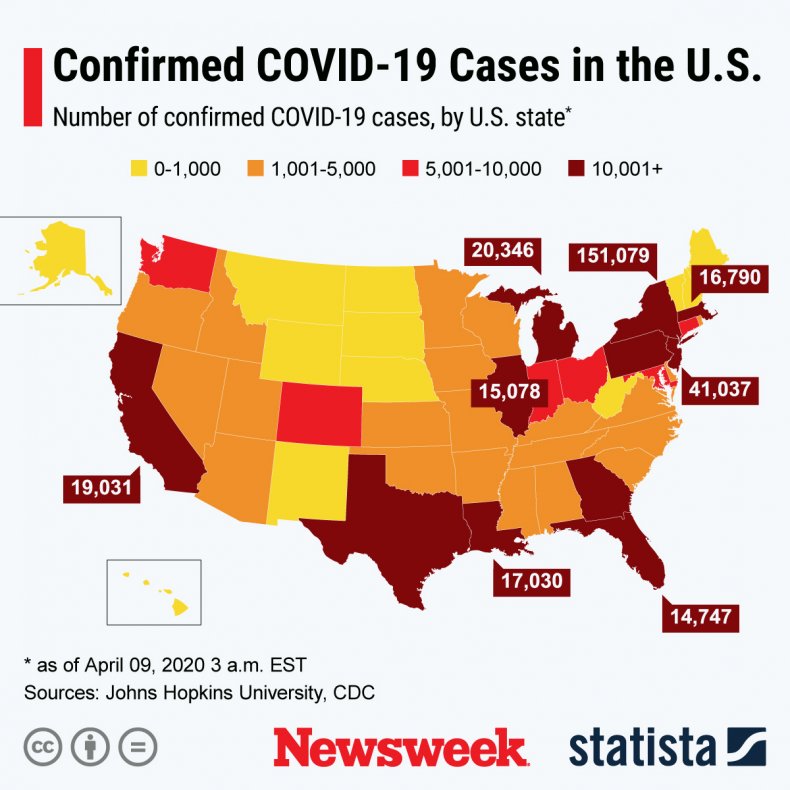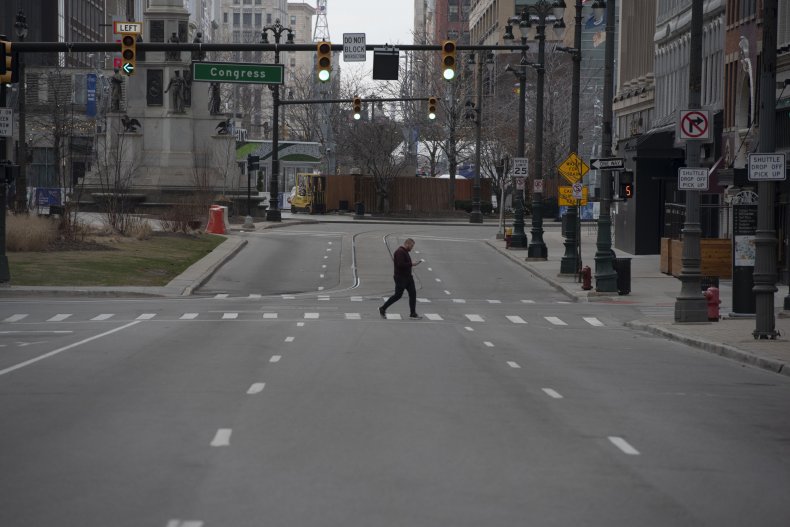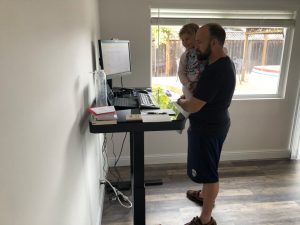Michigan Gov. Gretchen Whitmer has announced she is extending the “Stay Home, Stay Safe” executive order through to April 30.
The executive order limits gatherings and travel and requires all workers who are not necessary to sustain or protect life to stay home. It also imposes more stringent limitations on stores to reduce foot traffic to help slow the spread of coronavirus.
More than 21,500 cases of Covid-19 have been confirmed in the state of Michigan as of Thursday and more than 1,000 people have died, according to the governor’s office.
“Michigan has the third highest number of COVID-19 cases in the country, and we’re still on the upswing. We must continue to do everything we can to slow the spread and protect our families,” said Whitmer.
“Data shows that most Michiganders are doing their part by staying home and staying safe. That’s good, but we must keep it up. When we do, we can save lives and shorten the amount of time we’re working through this crisis, which will be good for our families and good for our economy in the long-run.
“We can also protect critical infrastructure workers like doctors, nurses, grocery store employees, and child care workers. Now more than ever, it’s crucial that people stay home and stay safe.”
Dr. Joneigh Khaldun, Michigan Department of Health and Human Services chief deputy for health and chief medical executive, said: “It’s clear that staying home is the most effective way we can slow the spread of Covid-19 in Michigan. This aggressive action will help us protect more people and ease the strain on our health care system.”
Whitmer emphasized that the extension does not mean things will go back to normal on May 1.
“But based on the data we have right now, this is the appropriate window for an extension,” she said. “It will take time to safely and responsibly re-open the economy, which is why we will continue to provide critical unemployment support and assistance to our small businesses during this challenging time. We will get through this if we all continue to do our part.”
Michigan’s “Stay Home, Stay Safe” executive order
The order prohibits all businesses and operations from requiring workers to leave their homes, unless they are necessary to “sustain or protect life” or to carry out minimum basic operations.
This includes people in health care and public health, law enforcement and public safety and grocery store workers.
Under the new order, all public and private gatherings among persons outside a single household remain temporarily prohibited.
It also puts a limit on the number of people who can be in a store at the same time. Large stores must limit the number of people in the store at one time to no more than four customers for every 1,000 square feet of customer floor space. Small stores must limit capacity to 25 percent of the total occupancy limits, including employees, under the fire codes.
People who leave their homes must stick to strict social distancing rules. The Centers for Disease Control and Prevention states people must stay at least six feet away from others.
The order also clarifies that travel for vacations or for any other purpose is prohibited.
The graphic below, provided by Statista, illustrated the spread of COVID-19 in the U.S. as of April 9.
 The spread of the COVID-19 virus in the U.S. Statista
The spread of the COVID-19 virus in the U.S. StatistaCenters for Disease Control and Prevention Advice on Using Face Coverings to Slow Spread of COVID-19
- CDC recommends wearing a cloth face covering in public where social distancing measures are difficult to maintain.
- A simple cloth face covering can help slow the spread of the virus by those infected and by those who do not exhibit symptoms.
- Cloth face coverings can be fashioned from household items. Guides are offered by the CDC. (https://www.cdc.gov/coronavirus/2019-ncov/prevent-getting-sick/diy-cloth-face-coverings.html)
- Cloth face coverings should be washed regularly. A washing machine will suffice.
- Practice safe removal of face coverings by not touching eyes, nose, and mouth, and wash hands immediately after removing the covering.
World Health Organization advice for avoiding spread of coronavirus disease (COVID-19)
Hygiene advice
- Clean hands frequently with soap and water, or alcohol-based hand rub.
- Wash hands after coughing or sneezing; when caring for the sick; before, during and after food preparation; before eating; after using the toilet; when hands are visibly dirty; and after handling animals or waste.
- Maintain at least 1 meter (3 feet) distance from anyone who is coughing or sneezing.
- Avoid touching your hands, nose and mouth. Do not spit in public.
- Cover your mouth and nose with a tissue or bent elbow when coughing or sneezing. Discard the tissue immediately and clean your hands.
Medical advice
- Avoid close contact with others if you have any symptoms.
- Stay at home if you feel unwell, even with mild symptoms such as headache and runny nose, to avoid potential spread of the disease to medical facilities and other people.
- If you develop serious symptoms (fever, cough, difficulty breathing) seek medical care early and contact local health authorities in advance.
- Note any recent contact with others and travel details to provide to authorities who can trace and prevent spread of the disease.
- Stay up to date on COVID-19 developments issued by health authorities and follow their guidance.
Mask and glove usage
- Healthy individuals only need to wear a mask if taking care of a sick person.
- Wear a mask if you are coughing or sneezing.
- Masks are effective when used in combination with frequent hand cleaning.
- Do not touch the mask while wearing it. Clean hands if you touch the mask.
- Learn how to properly put on, remove and dispose of masks. Clean hands after disposing of the mask.
- Do not reuse single-use masks.
- Regularly washing bare hands is more effective against catching COVID-19 than wearing rubber gloves.
- The COVID-19 virus can still be picked up on rubber gloves and transmitted by touching your face.



















